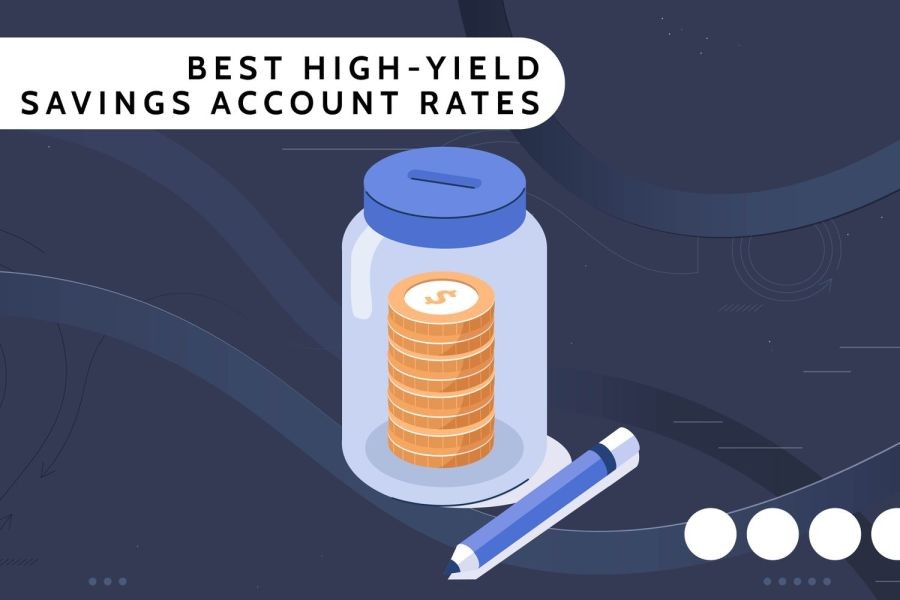The allure of high-interest savings accounts is undeniable, promising a way to grow your savings with minimal risk. Yet, the truth behind these accounts, especially in the Australian context, is more nuanced than it appears. The combination of fluctuating interest rates, tax implications, and the economic landscape makes understanding these savings vehicles essential for savvy savers.
The Australian Economic Landscape
Australia's economy is characterized by its stability, but it's not immune to global economic fluctuations. The Reserve Bank of Australia (RBA) plays a crucial role in setting interest rates, which directly impact the yields on savings accounts. As of 2023, the RBA has maintained a historically low cash rate to stimulate economic growth, which has direct implications on the interest rates offered by banks.
According to the Australian Bureau of Statistics (ABS), the inflation rate in Australia has seen fluctuations, peaking at 6.1% in mid-2022 before gradually stabilizing. This inflationary environment means that the real return on savings accounts is often lower than the nominal interest rate, making it crucial for savers to consider the inflation-adjusted returns.
Pros and Cons of High-Interest Savings Accounts
Pros:
- Low Risk: Unlike stocks or mutual funds, savings accounts are low-risk investments, primarily because they are usually government-insured.
- Liquidity: Funds can be accessed easily, making them ideal for emergency savings.
- Stable Returns: Offers a predictable return, which can be advantageous in volatile economic times.
Cons:
- Low Returns: In a low-interest-rate environment, the returns can be minimal, especially after accounting for inflation.
- Tax Implications: Interest earned is taxable, which can reduce the net return on your savings.
- Inflation Risk: If the inflation rate exceeds the interest rate, the purchasing power of your savings diminishes.
Case Study: The Australian Saver's Dilemma
Consider the case of Jane, an environmentally conscious Australian resident who decided to save for a solar panel installation. She opted for a high-interest savings account with an advertised rate of 2.5%. However, by the end of the year, the real return was only 0.5% after accounting for inflation and taxes. This highlights the importance of understanding the real returns versus nominal rates.
Regulatory Insights
The Australian Securities and Investments Commission (ASIC) and the Australian Prudential Regulation Authority (APRA) regulate financial products, including savings accounts. They ensure that financial institutions provide transparent information regarding the terms and conditions of these accounts. This regulatory oversight is essential for protecting consumers and ensuring fair practice in the financial sector.
Debunking Myths
- Myth: High-interest savings accounts always offer the best returns. Reality: While they are safe, the returns are often modest, especially when inflation is considered.
- Myth: All high-interest savings accounts are the same. Reality: Each account comes with different terms and conditions, such as withdrawal limits and fees.
Future Trends and Predictions
Looking ahead, the RBA's monetary policy will significantly influence the interest rates of savings accounts. With a potential shift towards higher interest rates to combat inflation, savers might see more attractive returns in the future. Additionally, the push towards digital banking and fintech solutions is likely to offer more competitive rates and innovative savings products.
Conclusion
High-interest savings accounts can be a valuable component of a diversified financial strategy, especially for those prioritizing safety and liquidity. However, understanding the real returns after accounting for inflation and taxes is crucial. As Australia's economic landscape evolves, staying informed about regulatory changes and market trends will empower savers to make the most of their investments.
People Also Ask (FAQ)
- How do high-interest savings accounts work in Australia? High-interest savings accounts in Australia offer interest on deposits, with rates influenced by the RBA's cash rate and individual bank policies.
- What are the tax implications of interest earned? Interest earned on savings accounts is considered taxable income in Australia, impacting the net return.
- Are there better alternatives to high-interest savings accounts? Depending on risk tolerance, alternatives like term deposits or investment funds might offer higher returns.
Related Search Queries
- Best high-interest savings accounts Australia 2023
- Inflation impact on savings accounts
- RBA interest rate trends
- Tax implications of savings accounts in Australia
- Digital banking innovations in Australia






























